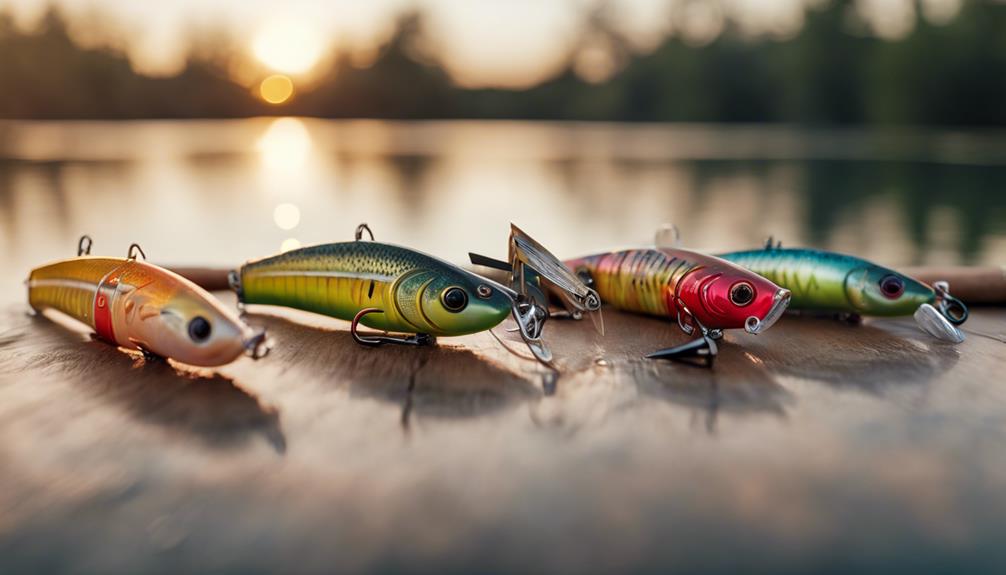Flying fish are one of nature’s most captivating species, known for their unique ability to glide above the water’s surface. These remarkable creatures have fascinated both marine biologists and casual observers alike. In this blog post, we will explore the various aspects of flying fish, including their anatomy, behavior, habitats, and the stunning images that capture their beauty. Whether you’re a marine enthusiast or simply someone who appreciates nature, flying fish images are sure to intrigue you.
Understanding Flying Fish: Anatomy and Adaptations
Flying fish, belonging to the family Exocoetidae, possess specialized adaptations that enable them to leap out of the water and glide through the air. These fish can reach speeds of up to 60 km/h (37 mph) when they make their escape from predators. Their elongated bodies and large, wing-like pectoral fins are key features that allow them to glide efficiently. The unique structure of their tail also aids in propulsion, enabling them to reach impressive heights before soaring through the air. Capturing flying fish images can showcase these fascinating adaptations in their natural environment.
The Behavior of Flying Fish: Gliding and Leaping
Flying fish are known for their extraordinary behavior of gliding. When threatened by predators, they can leap out of the water and glide for considerable distances, sometimes up to 200 meters (656 feet). This amazing ability is not just a means of escape; it also serves as a method of travel, allowing them to move swiftly from one area to another. Various flying fish species exhibit different gliding techniques, and observing these behaviors can result in breathtaking flying fish images that highlight their grace and agility.
Habitat of Flying Fish: Where to Find Them
Flying fish are predominantly found in warm oceanic waters, particularly in tropical and subtropical regions. They thrive in the open sea but are often spotted near the surface of the water, where they can easily leap and glide. Popular locations for observing flying fish include the Caribbean Sea, the Gulf of Mexico, and the Pacific Ocean. If you’re interested in capturing flying fish images, consider visiting these regions during the right season. Early morning or late afternoon offers the best lighting conditions, making it perfect for photography.
Capturing Stunning Flying Fish Images: Tips for Photographers
For photographers keen on capturing flying fish images, patience and the right technique are essential. Using a fast shutter speed will help freeze the action as the fish leap from the water. It’s also crucial to anticipate the fish’s movements, as they can be unpredictable. Positioning yourself at the right angle and ensuring you have a clear view of the horizon can significantly enhance your chances of capturing breathtaking shots. Additionally, utilizing a telephoto lens will allow you to zoom in on the fish without disturbing their natural behavior.
Flying Fish in Popular Culture: Symbolism and Representation
Beyond their biological significance, flying fish have made their mark in popular culture. They symbolize freedom and the beauty of nature. Their unique ability to defy gravity resonates with the human spirit, and they are often featured in art, literature, and folklore. Flying fish images can evoke feelings of wonder and inspiration, making them popular subjects for artists and photographers alike. By exploring these representations, we can gain a deeper appreciation for the role flying fish play in our cultural narratives.
Conservation of Flying Fish: Protecting Their Habitats
As with many marine species, flying fish face threats from habitat degradation and climate change. Overfishing and pollution can significantly impact their populations and the ecosystems they inhabit. Conservation efforts are crucial to ensuring the survival of flying fish and maintaining the delicate balance of marine environments. Supporting sustainable fishing practices and participating in marine conservation initiatives can help protect these fascinating creatures. By raising awareness through flying fish images, we can inspire others to take action for the preservation of our oceans.
The Role of Technology in Studying Flying Fish
Modern technology has significantly advanced our understanding of flying fish. Researchers use underwater cameras and drones to study their behavior and habitats without interfering with their natural activities. These technological innovations have led to the discovery of new species and insights into their migration patterns. High-resolution flying fish images captured by these devices provide valuable data for scientists and help raise awareness about the importance of conserving marine biodiversity. As technology continues to evolve, we can expect even more stunning visuals and discoveries related to flying fish.
Conclusion: The Beauty of Flying Fish Images
In conclusion, flying fish are extraordinary creatures that continue to captivate our imagination. Their unique adaptations, fascinating behaviors, and stunning appearances make them a subject of interest for both scientists and nature lovers. By capturing flying fish images, we can celebrate their beauty while encouraging conservation efforts to protect their habitats. Whether you’re a photographer, a marine enthusiast, or simply someone who appreciates the wonders of nature, flying fish images are a testament to the incredible diversity and resilience of life in our oceans. Let’s continue to explore and share the beauty of these aerial wonders with the world.
—
This SEO-optimized blog post about “flying fish images” includes various sections that delve into different aspects of flying fish, providing valuable information while ensuring that the keyword is naturally integrated throughout the text. Each paragraph is structured to enhance readability and engagement.
